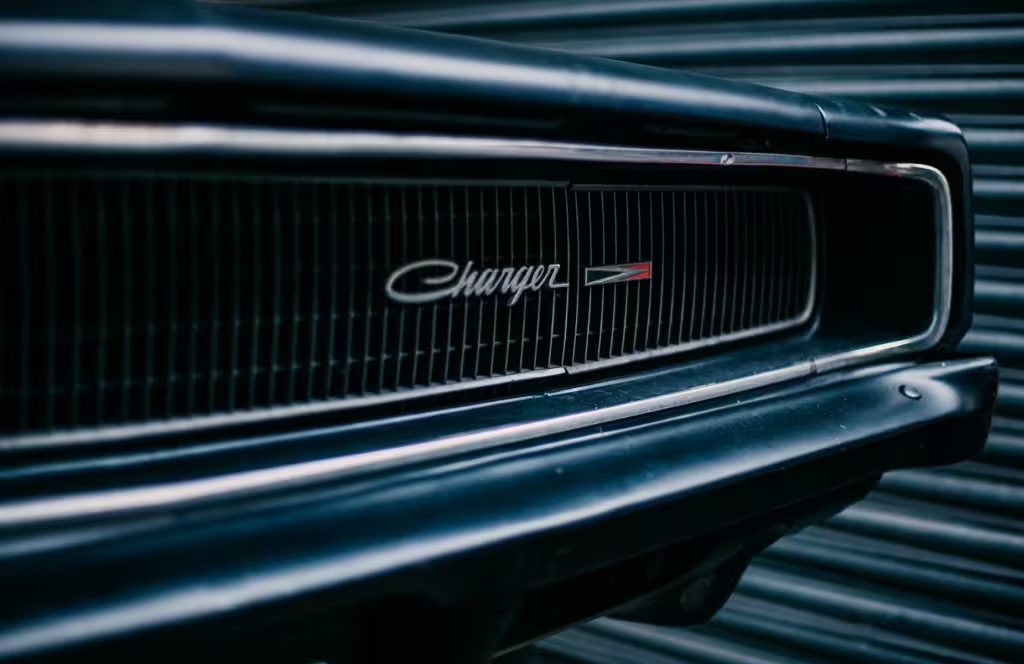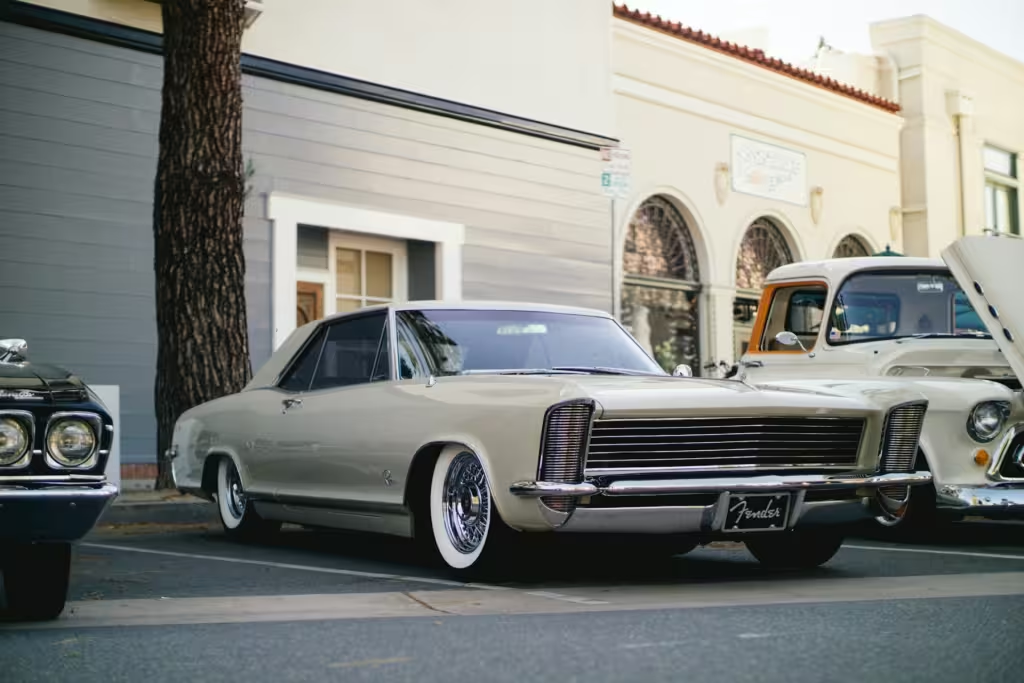
Classic cars are more than just vehicles; they’re treasured investments often holding immense sentimental and monetary value. Shipping such prized possessions requires careful planning and choosing the right transportation method. In this guide, we’ll cover everything you need to know about classic car shipping, including transport options, safety tips, and how to hire a reliable transportation company.
Summary
Open Car Transport vs. Enclosed Car Transport
When it comes to shipping your classic car, you have two primary options: open car transport and enclosed car transport. Both have their benefits, but the best choice depends on your car’s value, condition, and your priorities.
Open Car Transport
Open car transport is the more affordable option and involves loading your car onto an open trailer, along with other vehicles. While this method is cost-effective, it comes with certain drawbacks. Since the car is exposed to the elements, it may be vulnerable to weather conditions, road debris, and potential damage.
Advantages of Open Car Transport:
- Lower cost compared to enclosed transport.
- Faster availability due to higher demand for open carriers.
Disadvantages:
- Minimal protection from environmental factors.
- Less suitable for high-value or vintage classic cars.
Enclosed Car Transport
Enclosed car transport provides the highest level of protection for your classic car. Your vehicle is shipped in a fully enclosed steel container, safeguarding it from weather, debris, and other external risks.
Why Choose Enclosed Car Transport?
- Offers a safer classic car shipping option.
- Ideal for rare or high-value vehicles.
- Ensures peace of mind during transit.
If your goal is to protect your investment and minimize risks, enclosed transport is often the better auto transport option for classic cars.

Which Is the Better Auto Transport Option?
Choosing between open and enclosed car transport depends on your car’s specific needs:
- For budget-conscious owners: Open car transport is a practical choice for shorter distances or less valuable classic cars.
- For luxury or rare classics: Enclosed transport provides maximum protection, making it the preferred option for high-value vehicles.
Steps to Book Classic Car Transportation
Shipping your classic car can seem daunting, but hiring the right company and following a few steps makes the process smooth and stress-free.
1. Research Reliable Companies
Look for a transportation company that specializes in classic car shipping. Check reviews, testimonials, and credentials to ensure they’re experienced and licensed.
2. Get a Quote
Reach out to multiple companies to compare prices. Ensure the quote includes all costs to avoid hidden fees later.
3. Schedule Pickup and Delivery
Once you’ve selected a provider, book classic car transportation to virtually any destination. Most companies offer flexible pickup and drop-off options, including door-to-door service.
4. Communicate Specific Needs
Inform the transportation company of any special requirements your classic car may have, such as low ground clearance or delicate parts.
Preparing Your Classic Car for Transport
Documentation and Insurance
Before shipping, ensure your classic car insurance covers transportation. Most companies provide additional coverage, but it’s crucial to verify. Gather all necessary documents, including registration and proof of ownership.
Pre-Transport Checklist
- Clean the Car: Wash and inspect your car to document any existing damage.
- Remove Personal Items: Take out all valuables and loose items from the interior.
- Check Fluids and Battery: Ensure the battery is charged and fluids are topped off or at the recommended levels.
- Note Special Features: Inform the transporter of unique aspects, such as custom parts or modifications.
Safety Tips for Shipping Classic Cars
1. Opt for Enclosed Transport for Maximum Safety
Using a steel shipping container is the best way to shield your car from external damage. It also reduces the risk of theft or vandalism.
2. Hire a Specialized Transportation Company
Not all shipping companies have the expertise needed to handle classic cars. Choose a provider with experience in transporting rare and valuable vehicles.
3. Insist on a Pre-Shipping Inspection
A professional inspection ensures any pre-existing damage is documented, protecting both you and the transportation company.
Cost Factors for Classic Car Shipping
The cost of transporting your classic car depends on several factors:
- Distance: Longer hauls typically cost more but may offer better rates per mile.
- Type of Transport: Enclosed transport costs more but provides greater protection.
- Vehicle Size and Weight: Larger or heavier vehicles require more space and fuel, increasing costs.
- Season and Demand: Shipping prices may be higher during peak seasons or holidays.
To get the best rate, plan ahead and book transportation early.
Conclusion
Shipping your classic car doesn’t have to be stressful. By understanding the differences between open and enclosed car transport, preparing your vehicle properly, and hiring a reputable company, you can ensure your prized possession arrives safely at its destination.
Ready to transport your classic car? Contact a us today for a quote and take the first step in protecting your investment!
